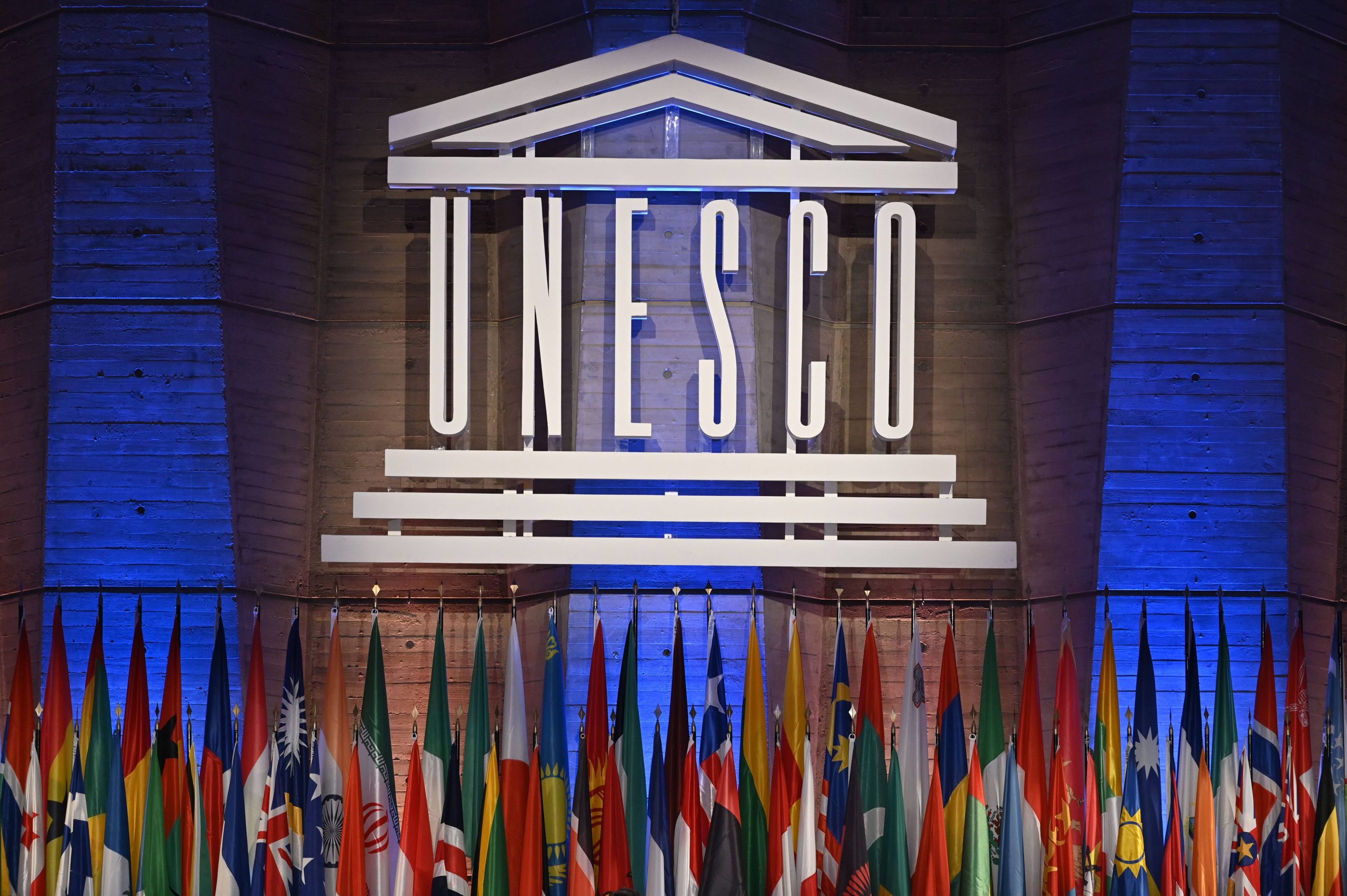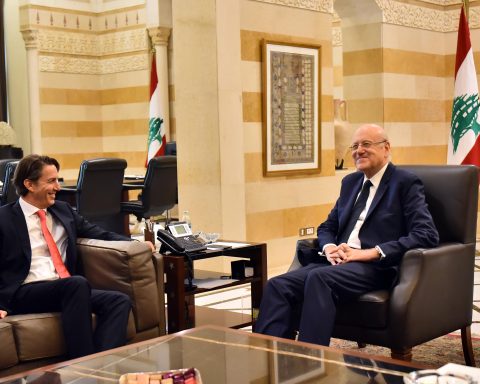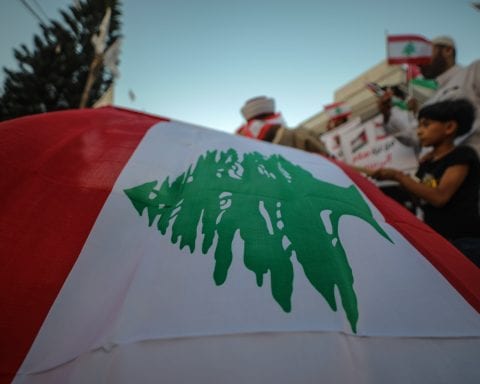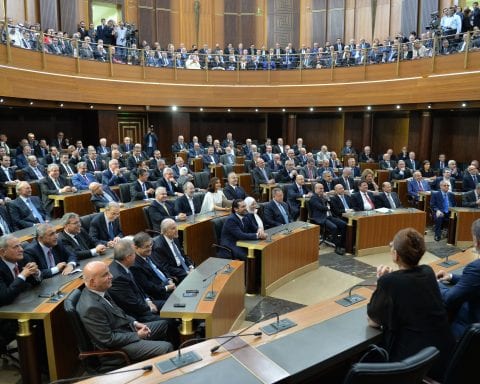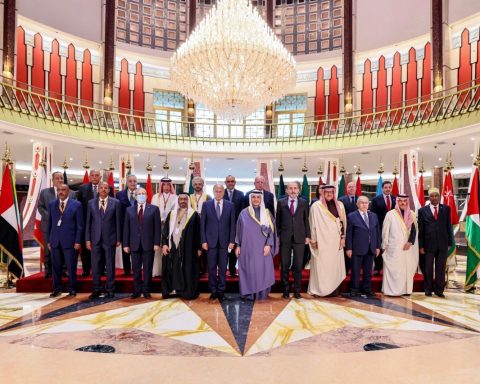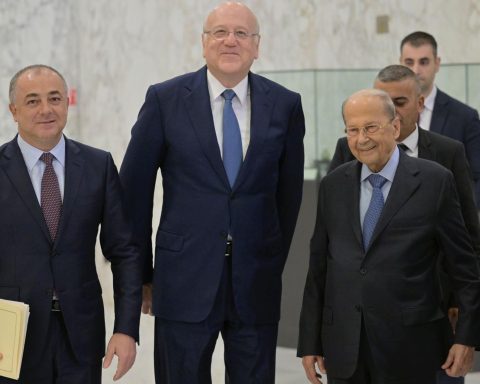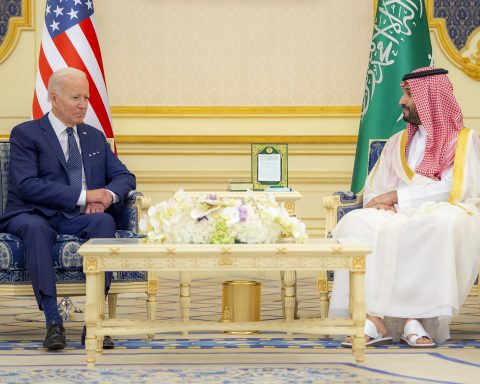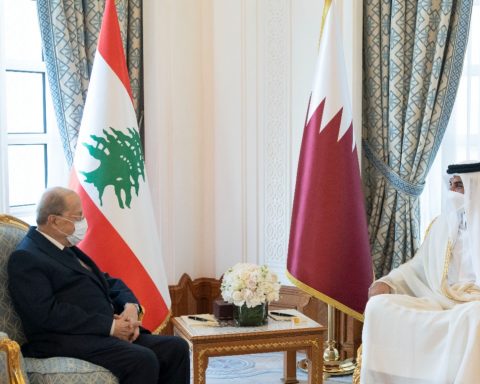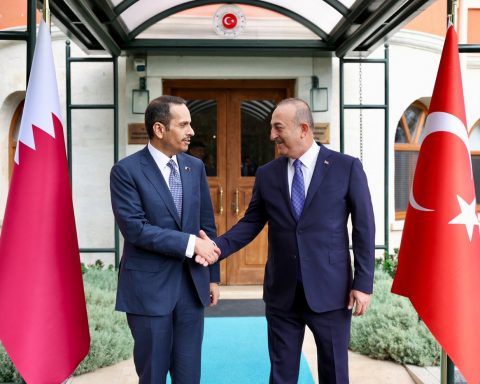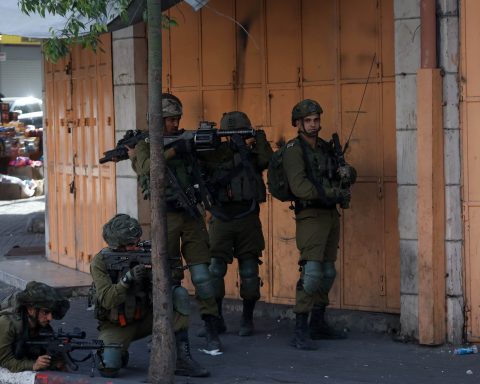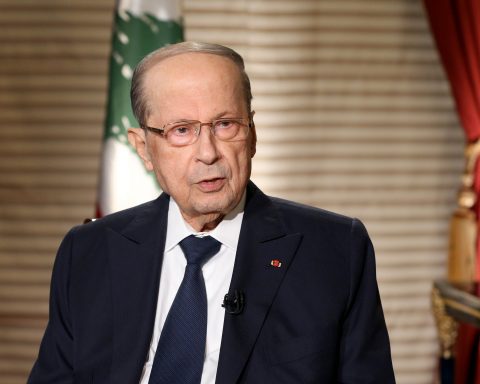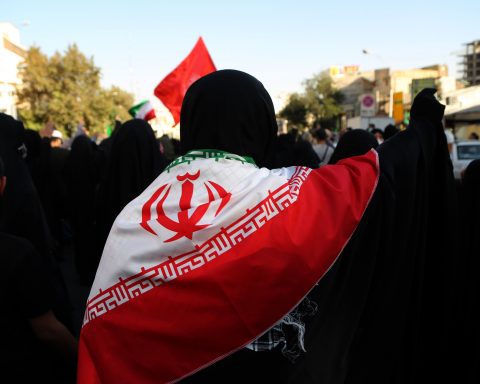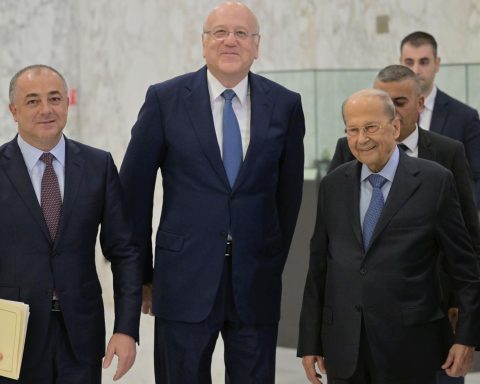Italy and the UN’s cultural arm have signed a €1 million ($1.21 million) funding agreement to renovate one of Beirut’s most famous museums.
Located in a historic villa in Achrafieh, the Sursock Museum was severely damaged in the Beirut port blasts last August.
The building houses more than 1,500 works of art along with other valuable collections.
The memorandum of understanding (MoU) was signed by the Italian Deputy Minister of Foreign Affairs Marina Sereni and the director of UNESCO’s Beirut office, Costanza Farina, in the presence of the chairman of the museum’s board of trustees, Dr. Tarek Mitri.
“We firmly believe that culture and the protection of heritage are needed in times of crisis, more than ever,” Sereni said. “To this end, the Lebanese population can continue counting on the support and the partnership of the Italian Government and its people.”
The cost of restoring the museum has been estimated at nearly €2.5 million with France already giving €500,000 to replace the smashed stained-glass windows and wood-lined Arab salon.
The new funding will come through the Italian Agency for Development Cooperation (AICS) and be used under UNESCO’s Li Beirut initiative, which aims to repair schools, heritage buildings, museums and galleries damaged in the Beirut blasts.
“Italian cooperation and UNESCO’s support for the reconstruction of the museum is invaluable,” Zeina Arida, director of the Sursock Museum, said. “It will allow Beirut and its citizens to reclaim a space that has become a second home for so many people in the cultural sector and the local community at large, a space which aims to promote openness and support knowledge production.”
Farina said the funding was the largest contribution so far to the Li Beirut initiative.
“I salute Italy for its positive response to our call that will support the rehabilitation and revitalization of the museum as a heritage building as well as a promoter of cultural life,” she said.
Sursock Museum was set up within the 1912 villa donated by Lebanese collector Nicolas Sursock. It opened in 1961 and became a major hub for Lebanese artists while hosting exhibitions from around the world. It stayed open during much of the Lebanese Civil War and underwent a major renovation in 2008.
Located just 800 meters from the center of the port blast, the museum had suffered severe structural damage.

